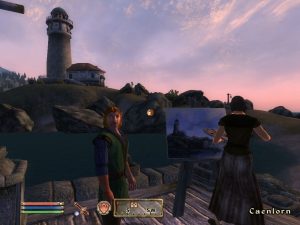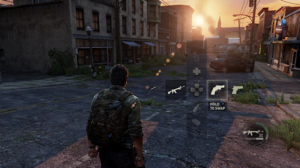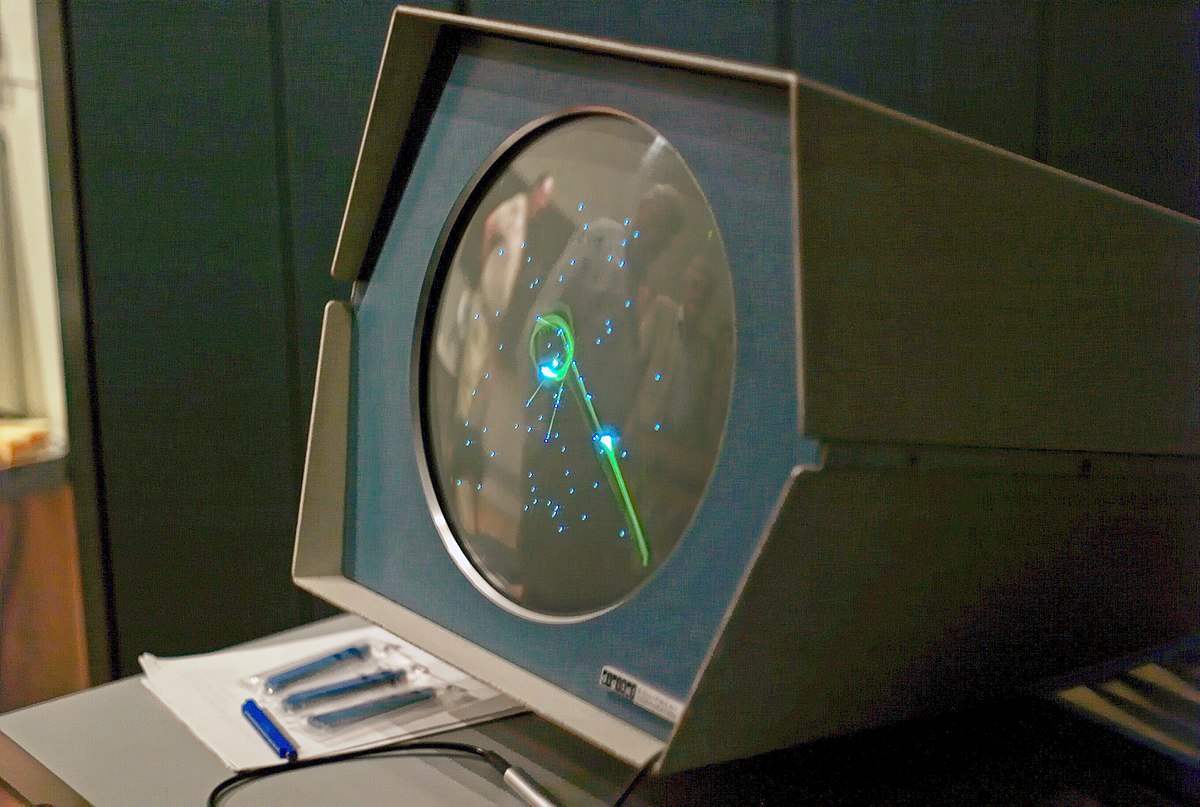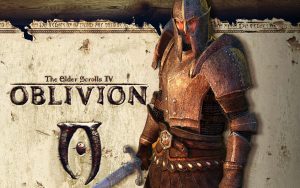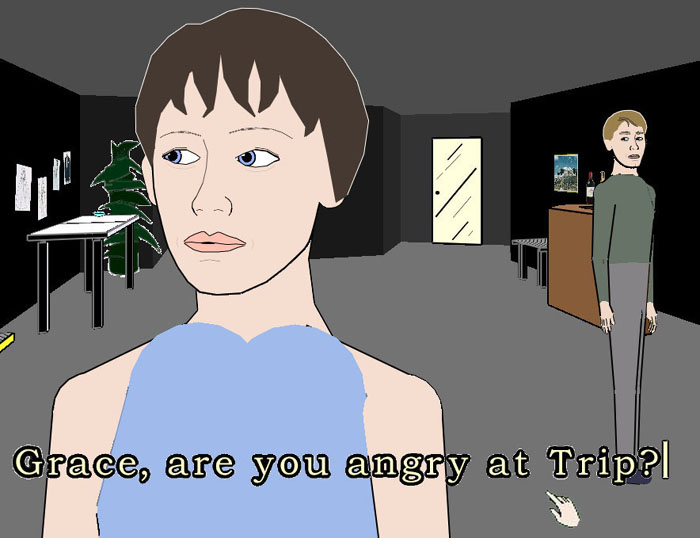A) Behavioural modelling is an important part of NPC development for games. Should emotive modelling be part of that development?
I believe emotive modelling should be hugely considered when designing NPCs depending on whether or not the emotion is necessary in terms of interaction with the player. Emotion and behaviour go hand in hand because it closely relates to human interaction which immerses the player on a deeper level. “In most games, AI is about controlling and directing non-player characters to provide a certain level of challenge to the player.”(Stuart, 2016) As a game designer, should you want the player to do a certain thing it helps to have emotion as it can be persuasive. Depending on the feeling of the scenario, if the NPC were to be hostile towards the player, it could force the player to make decisions against the NPC and move in the direction the designer had in mind. It does depend on whether the NPC plays a moderate part in the game, otherwise there could be the minor NPCs getting involved in the main gameplay when it is not necessary for them to do so.
B) Consider your favourite video game. If it contains AI controlled agents how individualistic are they and there behaviours, and, how might you set about improving them?
Skyrim, alongside a few other well-known Bethesda games, are full of NPCs aiding the player in their quests and overall experience of the game. Players have previously noted how limiting Skyrim’s NPCs have been as there is only so much “conversation” and interaction one can have with such characters. Should two players make the exact same choices, they will receive the exact same outcome, thus making this aspect of AI controlled agents not so individual. However, as of August 2017, a new tool, “built on the Comme il-Faut AI model developed in 2012”, called CiF-CK, was developed by computer scientists to allow NPCs more personal, variable and flexible interactions between themselves and the player. Skyrim was the chosen game to test out the programmes success, in which it proved itself to be popular. “The mod creates greater variability in NPC interactions by allowing them to act on their changing opinions of other NPCs, which are shaped by their interactions with the rest of the NPCs and the player. The original CiF architecture would keep track of NPCs’ feelings but didn’t turn those feelings into action.” (Good, 2017)
What is interesting is how this tool seems to provide a better experience and a higher player satisfaction then Bethesda’s own ‘Radiant AI’, a system first seen in Oblivion which deals with the NPCs and how they act and react to the world. ” Actors are now somewhat closer to living beings and follow simple schedules, such as “work-eat-sleep,” or react to the environment in a way that was never possible to implement in Morrowind…In principle this should go some way towards the creation of a more immersive and more believable environment; however, in practice its execution really seems nothing more than regurgitated heuristic-algorithms with a polished marketing name.” (Mullon and Hartman, 2012)
I believe programmes such as CiF-CK will and are paving the way to creating more individual and diverse AI controlled agents and I think implementing tools such as CiF-CK will greater the game-play in games such as Skyrim. I also think by thinking beyond the experiences the singular player will go through, paying attention to the universe of the game could lead to more avenues in which the player and AI can interact, creating further individual gaming experiences.
References
Bosky, T. (2006). The Elder Scrolls IV: Oblivion Screenshots for Windows – MobyGames. [online] MobyGames. Available at: http://www.mobygames.com/game/windows/elder-scrolls-iv-oblivion/screenshots/gameShotId,158751/ [Accessed 6 Dec. 2017].
Good, O. (2017). Skyrim mod makes NPC interactions less scripted, more Sims-like. [online] Polygon. Available at: https://www.polygon.com/2017/8/5/16101700/social-skyrim-mod-ai-research [Accessed 6 Dec. 2017].
Mullon, R. and Hartman, M. (2012). Radiant AI and Radiant Story in the Elder Scrolls V. [online] Elder Scrolls @ Altered Gamer. Available at: http://elder-scrolls.alteredgamer.com/tes-5-skyrim/116302-whats-new-in-skyrim-new-radiant-ai-and-radiant-story/ [Accessed 6 Dec. 2017].
Steamcommunity.com. (2017). Steam Workshop :: Social NPCs. [online] Available at: https://steamcommunity.com/sharedfiles/filedetails/?id=751622677 [Accessed 6 Dec. 2017].
Stuart, K. (2016). Video games where people matter? The strange future of emotional AI. [online] the Guardian. Available at: https://www.theguardian.com/technology/2016/oct/12/video-game-characters-emotional-ai-developers [Accessed 5 Dec. 2017].
Bibliography
Alderman, N. (2017). Why can’t we talk to the characters in games? Careful what you wish for…. [online] the Guardian. Available at: https://www.theguardian.com/technology/2016/jan/11/games-computers-conversation-characters [Accessed 5 Dec. 2017].
Bosky, T. (2006). The Elder Scrolls IV: Oblivion Screenshots for Windows – MobyGames. [online] MobyGames. Available at: http://www.mobygames.com/game/windows/elder-scrolls-iv-oblivion/screenshots/gameShotId,158751/ [Accessed 6 Dec. 2017].
En.uesp.net. (2017). Skyrim:NPCs – The Unofficial Elder Scrolls Pages (UESP). [online] Available at: http://en.uesp.net/wiki/Skyrim:NPCs [Accessed 6 Dec. 2017].
Frome, J. (2017). Eight Ways Videogames Generate Emotion. [online] Digra.org. Available at: http://www.digra.org/wp-content/uploads/digital-library/07311.25139.pdf [Accessed 5 Dec. 2017].
Good, O. (2017). Skyrim mod makes NPC interactions less scripted, more Sims-like. [online] Polygon. Available at: https://www.polygon.com/2017/8/5/16101700/social-skyrim-mod-ai-research [Accessed 6 Dec. 2017].
Guimaraes, M., Santos, P. and Jhala, A. (2017). CiF-CK: An Architecture for Social NPCs inCommercial Games. [ebook] IEEE. Available at: http://ieeexplore.ieee.org/document/8080425/?reload=true [Accessed 6 Dec. 2017].
Jhala, A. and Shipman, M. (2017). Tool Increases Adaptability, Autonomy of Skyrim NPCs. [online] News.ncsu.edu. Available at: https://news.ncsu.edu/2017/08/skyrim-npc-tool-2017/ [Accessed 6 Dec. 2017].
Mullon, R. and Hartman, M. (2012). Radiant AI and Radiant Story in the Elder Scrolls V. [online] Elder Scrolls @ Altered Gamer. Available at: http://elder-scrolls.alteredgamer.com/tes-5-skyrim/116302-whats-new-in-skyrim-new-radiant-ai-and-radiant-story/ [Accessed 6 Dec. 2017].
reddit. (2013). Skyrim – What happened to Radiant AI? • r/truegaming. [online] Available at: https://www.reddit.com/r/truegaming/comments/1ial3z/skyrim_what_happened_to_radiant_ai/ [Accessed 6 Dec. 2017].
Reith, G. (2017). 10 Most Memorable AI Characters In Video Games « GamingBolt.com: Video Game News, Reviews, Previews and Blog. [online] Gamingbolt.com. Available at: https://gamingbolt.com/10-most-memorable-ai-characters-in-video-games?utm_source=zergnet.com&utm_medium=referral&utm_campaign=zergnet_30705 [Accessed 5 Dec. 2017].
Steamcommunity.com. (2017). Steam Workshop :: Social NPCs. [online] Available at: https://steamcommunity.com/sharedfiles/filedetails/?id=751622677 [Accessed 6 Dec. 2017].
Stuart, K. (2016). Video games where people matter? The strange future of emotional AI. [online] the Guardian. Available at: https://www.theguardian.com/technology/2016/oct/12/video-game-characters-emotional-ai-developers [Accessed 5 Dec. 2017].


